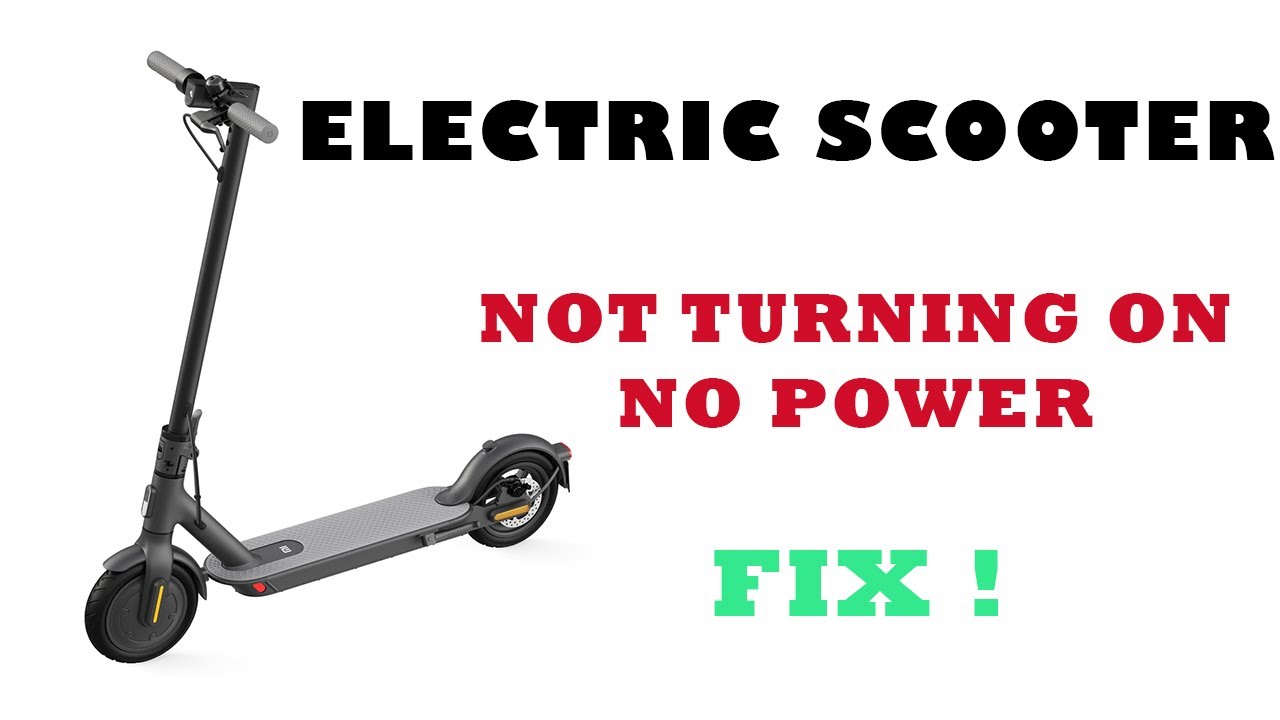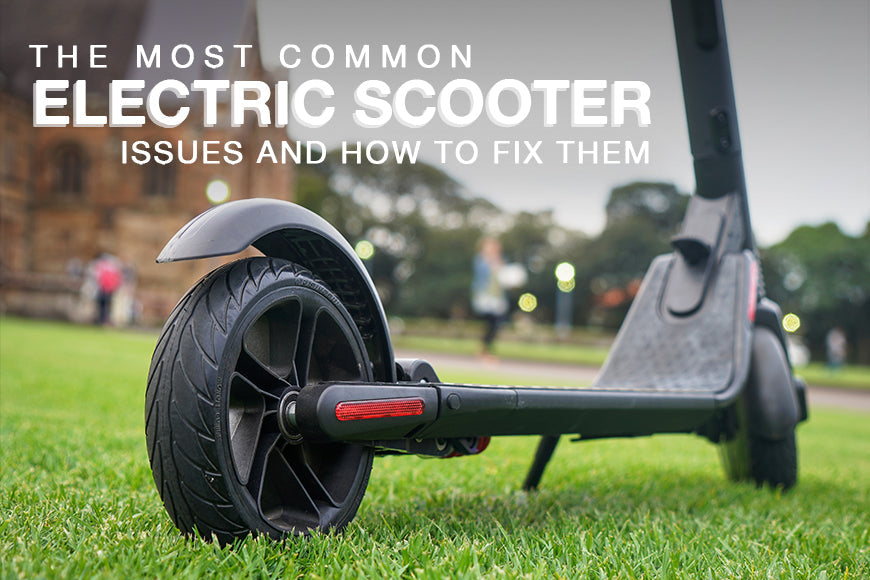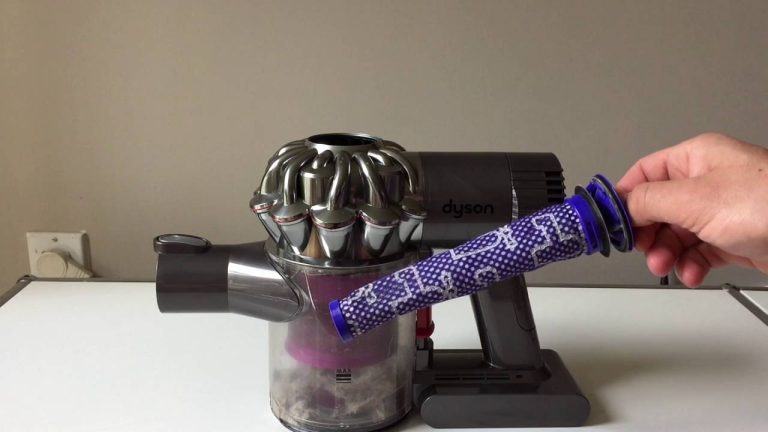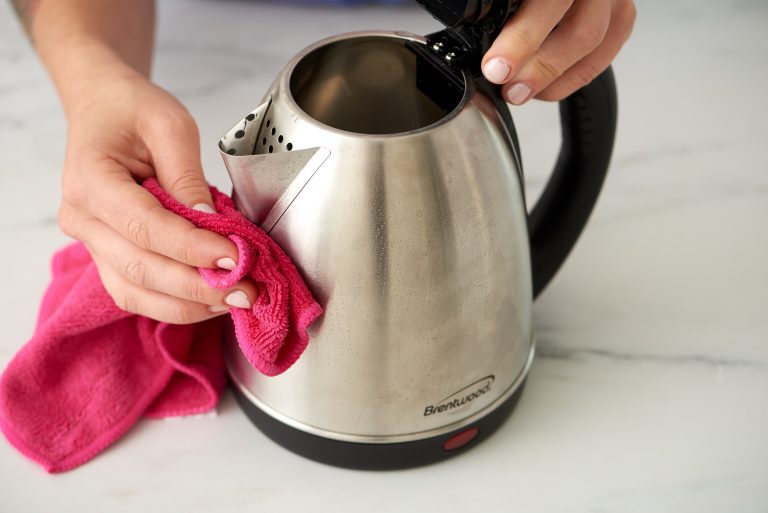How to Fix Electric Scooter Not Turning On

Check the battery connections and charge level. Inspect the power switch and fuse for any damage.
Electric scooters offer a convenient and eco-friendly mode of transportation. Sometimes, they may not turn on, causing frustration. Troubleshooting this issue involves checking several components. Start with the battery, as loose connections or low charge are common culprits. Examine the power switch to ensure it functions correctly.
Inspect the fuse for any signs of damage or wear. These initial steps often resolve the problem. If the scooter still doesn’t turn on, further investigation may be needed. Follow these tips to get your scooter up and running. This guide helps you diagnose and fix the problem efficiently.
Introduction To Electric Scooter Troubleshooting
Electric scooters sometimes do not turn on. This can be very frustrating. Common problems include a dead battery. Sometimes the power switch might be faulty. Loose connections can also be a reason. It is important to check these first.
Always put safety first. Turn off the scooter before checking it. Wear gloves to protect your hands. Make sure the area is well-lit. Keep tools close by. Avoid wet areas to prevent electric shocks. Use a multimeter to check connections safely. Follow these steps to stay safe.
Initial Assessment
Start by checking the battery connection and ensuring it is fully charged. Inspect the power switch for any visible damage. Verify that all cables and connectors are securely attached.
Check The Power Source
First, make sure the power switch is turned on. Check if the charger is properly connected to the scooter. Look for any visible damage to the charging port. Ensure the outlet is working by testing with another device. If the outlet is fine, the problem might be with the charger or the scooter itself.
Inspect The Battery Status
Look at the battery indicator on your scooter. If the light is red or not lit, the battery might be dead. Try charging the scooter for at least 8 hours. If it still doesn’t turn on, the battery could be faulty. Sometimes, resetting the battery management system helps. Check the user manual for reset instructions.
Battery And Charging System Checks
Ensure the charger is plugged in correctly. Inspect the charger for any visible damage. Look for any loose wires or broken parts. Test the charger with a different outlet. Use a multimeter to check the charger’s output voltage. Compare the voltage with the specified value. A faulty charger can cause charging issues.
Examine the battery for any visible damage. Check for cracks or leaks on the battery casing. Use a multimeter to measure the battery voltage. Ensure the voltage matches the recommended level. Inspect the battery connections for corrosion or looseness. Clean and tighten any dirty or loose connections. Replace the battery if it fails these checks.
Electrical Connection Inspections
Electrical connection inspections can reveal loose or damaged wires causing your electric scooter not to turn on. Checking the battery terminals and fuses often resolves the issue quickly.
Tightening Loose Connections
Check all wires for loose connections. Tighten any loose screws or nuts. This can help restore power to your scooter. Ensure all parts are secure and firmly attached. Use a screwdriver to tighten any loose terminals. This can prevent future issues with your scooter.
Corrosion And Wear Assessment
Inspect the wires and terminals for corrosion. Clean any corroded areas with a brush. Replace any damaged wires or connectors. This will help keep the scooter running smoothly. Look for signs of wear and tear. Replace any parts that look worn out. This can make your scooter last longer.
Fuse And Circuit Breaker Evaluation
The fuse is usually near the battery. Check your scooter’s manual for exact location. Remove the fuse carefully using pliers. Inspect it for any signs of damage. A blown fuse will have a broken wire inside it. Replace the blown fuse with a new one. Ensure the new fuse has the same rating as the old one.
A multimeter helps test the circuit breaker. Set the multimeter to continuity mode. Attach the probes to the circuit breaker terminals. A continuous beep means the circuit is working. No beep indicates a faulty circuit breaker. Replace the faulty circuit breaker immediately.
Power Switch And Key Ignition Issues
Check if the power switch is in the ON position. Sometimes, dirt or debris can block the switch. Clean it with a cloth. Ensure the wires connected to the switch are intact. Loose wires can cause problems. A multimeter helps test the switch for faults. If the switch fails the test, replace it.
Inspect the key ignition system for any visible damage. Turn the key to see if it feels loose. A loose key can indicate a problem. Check the connections to the ignition system. Ensure they are tight and secure. Use a multimeter to test the ignition switch. If faulty, consider replacing the ignition system.
Control Module And Motor Problems
Check if the control module is properly connected. Look for any loose or damaged wires. Use a multimeter to test the voltage. The control module should show a voltage reading. If there is no reading, the module might be faulty. Replace it if needed.
Ensure the motor is not jammed. Spin the wheel by hand. It should move freely. Check the motor connections for any loose wires. Use a multimeter to test the motor. Connect the multimeter to the motor terminals. The motor should show resistance. If there is no resistance, the motor might be damaged. Consider replacing the motor.

Credit: www.youtube.com
Professional Repair Vs Diy
Electric scooters can be tricky to fix. If the scooter won’t turn on after basic checks, call a professional. Specialists have the right tools and knowledge. They can identify complex issues quickly. This avoids further damage and saves time.
If wires are exposed or parts are damaged, it’s best to seek help. Professionals can ensure safe repairs. They also provide warranties, adding peace of mind. DIY fixes might void your warranty. For complicated problems, professional help is the safest choice.
DIY repairs can save money. Fixing your scooter can be a fun project. It also helps you understand your scooter better. Basic issues like loose connections can be easy to fix.
But, there are risks. Incorrect repairs can cause more damage. This might lead to higher repair costs later. Always consider safety when attempting DIY repairs. If unsure, it’s better to consult a professional.
Maintenance Tips To Prevent Future Issues
Regularly check battery connections and ensure they are secure. Inspect the power button for any damage or malfunction. Keep the scooter’s software updated to prevent issues.
Regular Cleaning And Storage Advice
Keep your electric scooter clean and dry. Use a damp cloth to wipe it down. Avoid using harsh chemicals. Store your scooter in a dry place. Avoid exposure to rain and snow. Charge the battery regularly. Do not let it fully drain.
Scheduled Inspection And Care
Check the scooter’s brakes weekly. Ensure they work correctly. Inspect the tires for any wear and tear. Replace them if needed. Test the lights and horn frequently. Make sure they are functional. Tighten all screws and bolts monthly. Keep your scooter in top shape.

Credit: www.mearth.com.au
Conclusion
Fixing an electric scooter that won’t turn on can be straightforward. Follow the steps outlined to troubleshoot effectively. Regular maintenance prevents many common issues. If problems persist, consult a professional. Enjoy a smooth ride with a well-maintained scooter. Stay safe and keep your scooter in top shape for the best experience.




